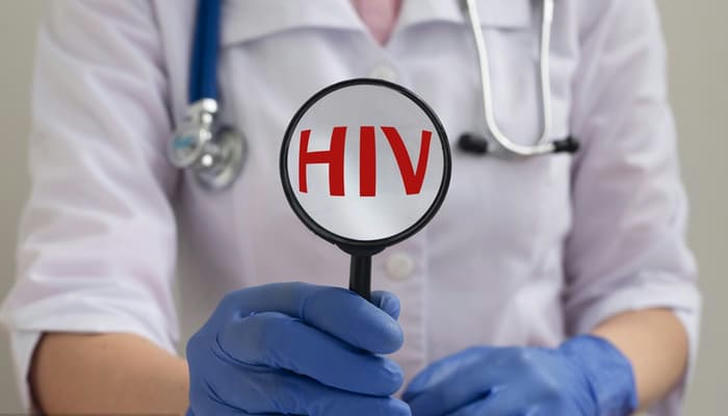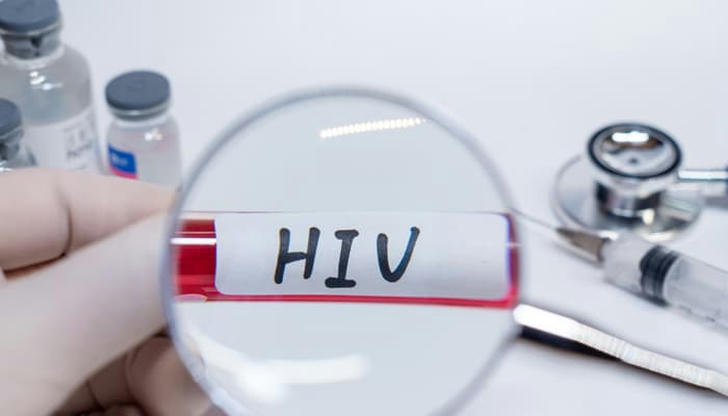Llama Nanobodies: A New Era in HIV Protection
At Georgia State University, a team of researchers has made an extraordinary breakthrough that could revolutionize the fight against HIV. Led by Assistant Professor Jianliang Xu, this research taps into a novel source for powerful antiviral agents: llama DNA. This innovative approach has yielded incredibly potent molecules known as nanobodies, which show remarkable potential in targeting and neutralizing elusive strains of HIV. The exciting findings were recently detailed in a groundbreaking study published in the journal Advanced Science.

The challenge of HIV
The challenge in HIV research is profound. HIV-1, the most prevalent and formidable strain of the virus, has developed sophisticated strategies to outsmart the human immune system. Traditional antibodies, while invaluable in many contexts, often struggle to combat HIV-1 effectively. Their large size and complex structure make it difficult for them to penetrate the virus and neutralize it. In contrast, the new nanobodies derived from llamas offer a more agile and efficient solution to this problem.
The Role of Llamas in HIV Research
For over fifteen years, scientists have turned to animals from the camelid family, including llamas, in their quest for effective HIV treatments. This is because camelid antibodies possess a unique advantage: their smaller, more flexible structure enables them to navigate and bind to targets that conventional antibodies might miss. The intrigue surrounding these antibodies has led researchers to explore their potential in combating viruses, including HIV.
The latest research from Xu's team has taken this concept to new heights by optimizing the performance of these llama-derived nanobodies. Unlike conventional antibodies, which are large and complex, nanobodies are tiny, measuring about one-tenth the size of their traditional counterparts. These small, Y-shaped molecules are composed only of heavy-chain peptides, giving them a nimbleness that allows them to effectively engage with viral targets.

In their groundbreaking study, the researchers began by immunizing llamas with a specially designed protein. This process triggered the production of nanobodies that are capable of neutralizing HIV. After immunization, the team meticulously screened these nanobodies to identify those that could target the virus's most vulnerable points. The researchers then engineered these nanobodies into a triple tandem format—a technique that involves repeating specific DNA sequences to enhance the nanobodies' effectiveness. The result? An astonishing 96 percent of HIV-1 strains were neutralized by these engineered nanobodies.
The Significance of Llama Nanobodies
This revolutionary approach represents a significant departure from traditional methods. Instead of assembling a cocktail of different antibodies, this new strategy allows for the creation of a single, highly effective molecule capable of neutralizing HIV. Xu's team is not only making strides in developing this innovative therapy but is also exploring ways to combine llama nanobodies with other bNAbs to maximize their neutralizing potential. Their ultimate goal is to offer a robust treatment option that could neutralize nearly all HIV-1 strains.
Xu's journey began at the National Institutes of Health Vaccine Research Center in Bethesda, Maryland, where he worked alongside a diverse team of over thirty scientists, including Peter Kwong from Columbia University, a co-author of the study. Xu's move to Georgia State University in 2023 marked the continuation of this exciting work. At Georgia State, Xu is mentoring Payton Chan, a Ph.D. candidate who is enthusiastic about the future prospects of this research.
Chan expressed her excitement about the potential of these nanobodies, stating, “The nanobodies we've developed are the most potent neutralizers we've seen so far. This is incredibly promising for the future of HIV treatments and antibody research. I'm hopeful that these nanobodies will soon be approved for use in treating HIV.”
Looking ahead, Xu and his team are poised to push the boundaries of what's possible in HIV treatment. Their future research will explore the potential of combining llama nanobodies with other broadly neutralizing antibodies to achieve even greater levels of virus neutralization. This innovative approach could lead to new therapeutic options and a significant step forward in the global fight against HIV.
In summary, the work being done at Georgia State University represents a thrilling advancement in HIV research. By harnessing the unique properties of llama-derived nanobodies, Xu and his team are developing a cutting-edge approach that holds promise for more effective treatments and prevention strategies. This breakthrough not only offers hope for improved HIV therapies but also highlights the incredible potential of leveraging unconventional sources for scientific innovation.
